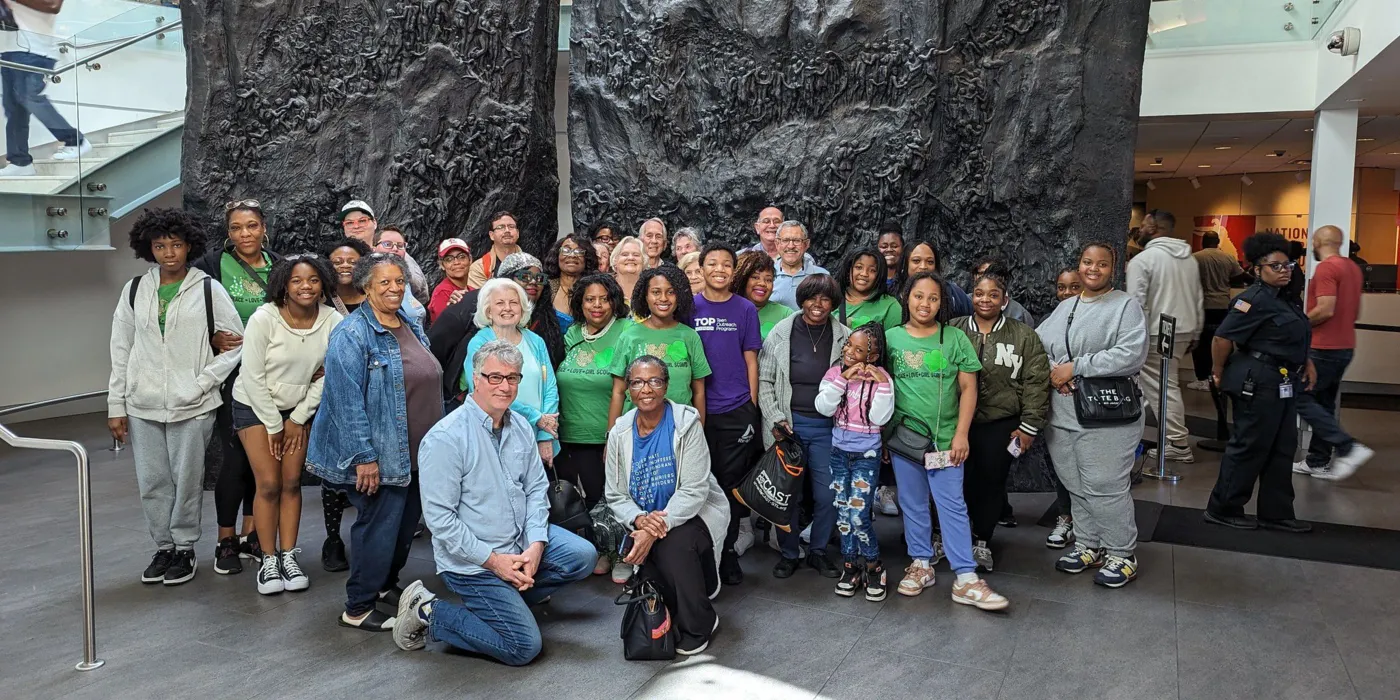
"The world breaks everyone and afterward many are strong at the broken places"
-Ernest Hemingway
Last week I was honored to be at Trinity Church Wall Street in New York to celebrate the start of the second cohort of Trinity Leadership Fellows. This program brings together emerging faith leaders from all over the world to form, develop and equip them with the skills to effectively lead communities and institutions in contemporary society. For a week, we gathered in the heart of New York to discuss leadership and the challenges of the future. We met with faith leaders, executives, organizers and educators to discuss the intersection of different sectors and disciplines on this topic and wisdom abounded.
Of the many valuable perspectives shared, one recurring theme was the need for leaders to lead from the broken places. It is common for leaders to seek security and invulnerability in the face of challenges and shifting dynamics. It is an enticing endeavor to lead only from the strong places, the sure places. It seems common for leaders to purport a veneer of imperviousness to the crashing critiques and challenges of a world coming of age too quickly. In a time of low public trust, existential crisis, and overwhelming inequality and injustice, it is much easier to appear confident than to admit we are broken.
But there is beauty in brokenness. When we acknowledge our imperfections, our struggles, our shortcomings not only as individuals but as a society it allows us new opportunities to engage the problems of the world from a deeper sense of authenticity, humility, and solidarity. As leaders, we may not have all the answers, and that's a wonderful place to be. Our brokenness allows us to reconnect to a world that has already seen us at our worst. We must strive to struggle for new solutions without the weight of unachievable perfection and unapproachable self-righteousness.
Leadership in touch with brokenness seeks to deeply listen... to ourselves and the world around us. It seeks to intimately know the divides, the pain points, the frustrations, the anxieties, and the hurts that exist in the world, but also within ourselves. It knows that the deeper we are woven into the fabric of our finitude the more expansive the world becomes. It knows that to truly love those you lead is to know as well as you can what breaks their hearts. If we are deeply paying attention, when the shattering happens perhaps we will be better equipped to gather the pieces.
There is a practice of repair in Japan called the Kintsugi method. The Kintsugi invites the would be repairer of a ceramic to pottery to first mindfully and reverently consider the broken pieces of thing. The method impresses upon the healer that there is first value in what is broken and then challenges the repairer to deeply consider what role the fragments can play in the more beautiful healing of the object. Finally, and only finally, the gold is poured into the cracks to make the object much stronger and more valuable than before. The contemporary world needs leaders equipped to pour gold in the cracks.
For Christian leaders, this should be unmistakably familiar. The cross is, of course, a symbol of what God can do in the context of human failure. Leadership, well-acquainted with brokenness, can-- in the most unlikely of ways-- encounter grace, and therefore can also anticipate resurrection.
